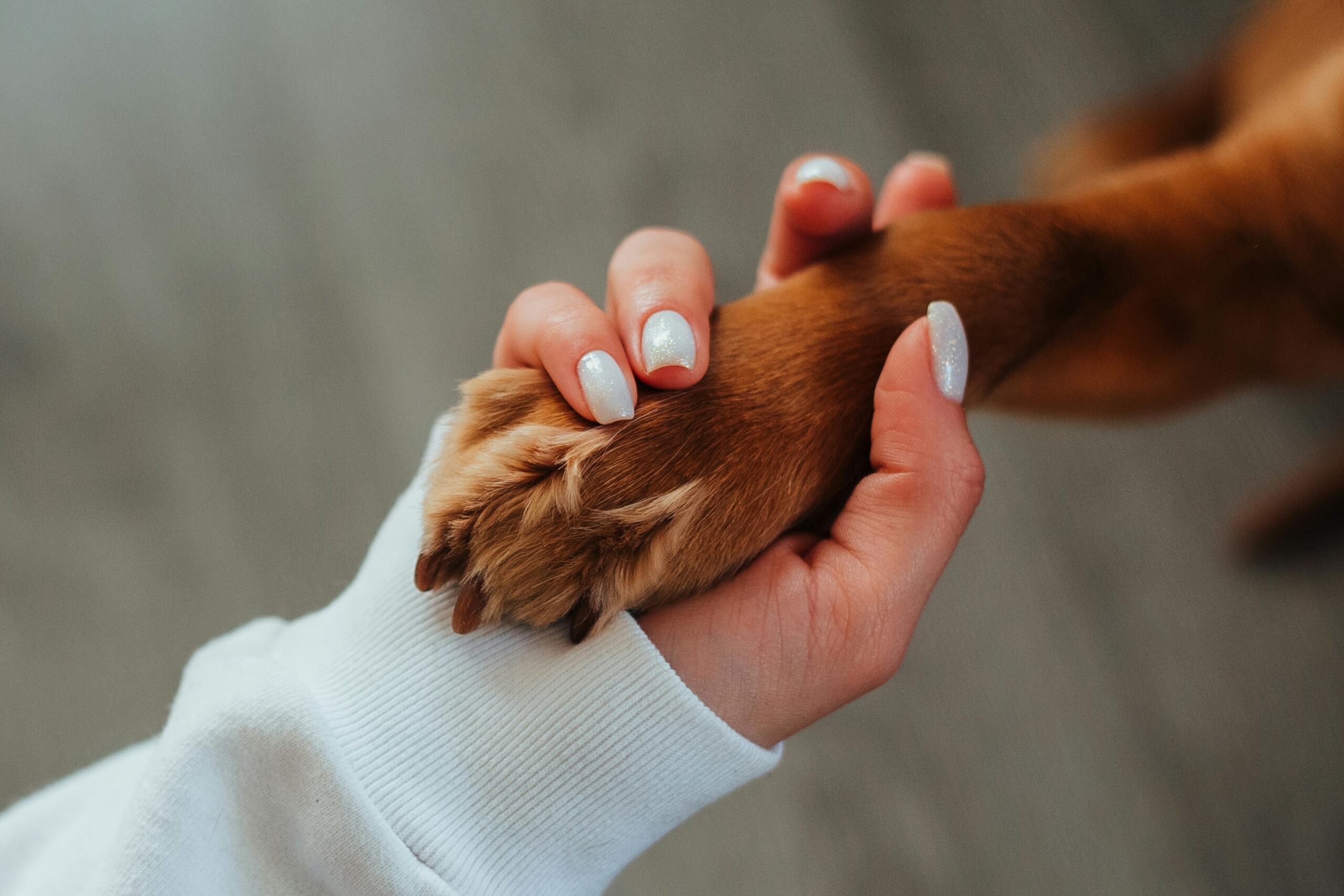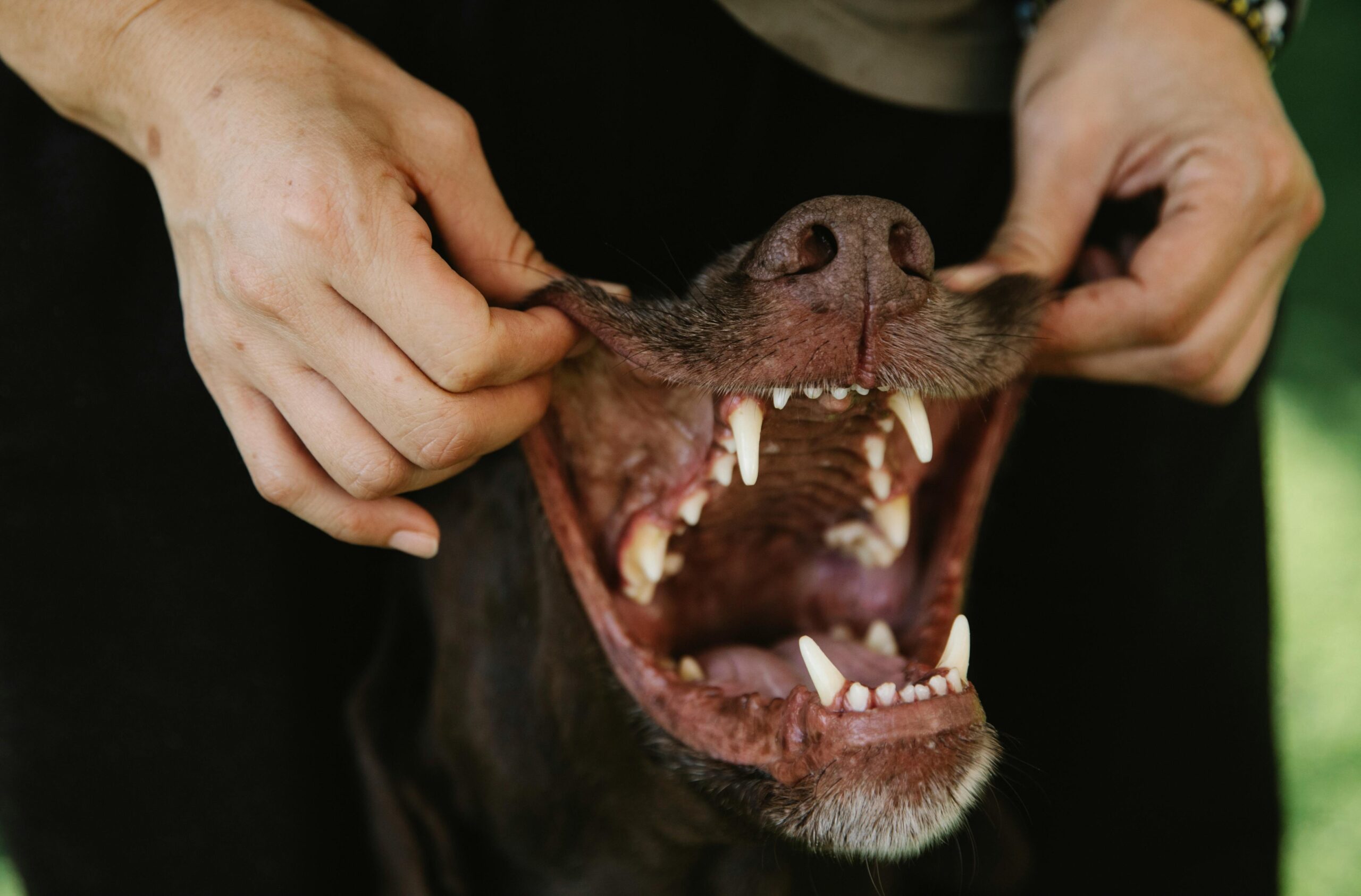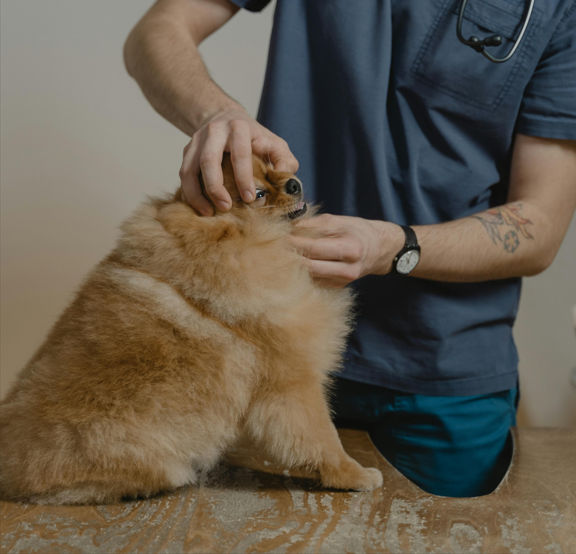Caring for Dog Wounds Like us, dogs can be injured in numerous ways—from rambunctious play to freak accidents. If you’re a pet parent, it’s important to know how to take care of your dog’s wounds effectively so that they heal quickly, safely, and relatively comfortably. Regardless of whether it’s a little cut or something more major, appropriate wound care is essential in avoiding infections, promoting healing, and avoiding lasting health problems.

Veterinary experts say that until help is on the way you can provide your dog with proper wound care—but when may not be necessary, and how can you treat a wound? In this guide, we’ll explain everything from how to treat our dog’s wound to advanced dog wound care. At the end of this article, you will be prepared to take any injury your dog may sustain with confidence and care.
Understanding Caring for Dog Wounds
A wound can be mild or severe and may affect several layers of tissue. Understanding the stages of wound healing and the different types of wounds can help you decide what to do next. Generally, early wound treatment will help prevent complications such as infection and allow your dog to heal faster. Caring for Dog Wounds
The most important factors in healing wounds in dogs are:
- Blood supply: A good blood supply enhances healing, so wounds on well-perfused areas (e.g., the chest or legs) generally heal faster.
- Location: Wounds on regions of high movement (e.g, paws or joints) might take longer to heal because of friction.
- Size and depth: Deeper or larger wounds can develop complications and need veterinary treatment.
Common Types of Dog Wounds
Scrapes and Cuts
Here are the most frequent types of wounds seen in dogs. Whether from running through dense shrubbery, interacting with other dogs, or snagging on a sharp object, scrapes and cuts generally cause damage to the surface layers of the skin. These are usually shallow, but they still need to be cleaned and watched for infection. Caring for Dog Wounds
Puncture Wounds
Puncture wounds result when skin is pierced by an object, for example, a nail, thorn, or another dog’s bite. These injuries may look small on the surface but may cause damage to the epidermis, and they may be more susceptible to infection.

Burns and Bites
Burns can be caused by heat, chemicals, or electrical interactions, and bites can be from other animals or aggressive actions. Burns need immediate cooling and immediate medical attention, and they need to be treated very carefully. Get bitten by other animals, and look for rabies.
What to do: Steps for Immediate Wound Care
The first few moments after your dog is hurt are critical. How you do at that moment can greatly relieve or prolong the healing process of the wound.
Assess the Injury
Check the injury carefully. How severe is it? Is the bleeding incessant or light? Is your dog in pain, do you think? Keep calm—If you are feeling anxious, your dog will probably sense it. If the injury is serious or if you’re unclear on how to handle things, don’t hesitate to call a vet.
Clean the Wound
Your main priority is to clean the wound if it’s small and accessible. Rinse the area with lukewarm water to wash away dirt, grass, and foreign material. Stay away from hydrogen peroxide or alcohol; they will destroy tissue and delay healing.
Stop Bleeding
If the wound is bleeding, you’ll need to stop that first. Press a clean cloth or gauze pad firmly (but gently) against the area. For more serious bleeding, raise the injured limb (if you can) and apply firm pressure for up to 10 minutes. If the bleeding is persistent, it’s time to call your vet.
How to Care for Dog Wounds at Home
After you have dealt with the immediate situation, the next steps will help ensure that the wound heals properly without becoming infected.
Apply Antiseptic
Once you clean the wound, be sure to use a pet-safe antiseptic. So this reduces the risk of bacterial infections. Common examples include Betadine or chlorhexidine, although you should be certain that the product is pet-safe.
Bandaging the Wound
Apply a sterile dressing or clean bandage to the wound, if needed. This also protects the wound from dirt and bacteria, particularly if the injury is located on a part of the body that’s prone to getting dirty (such as paws). Do not wrap the bandage too tightly, as it can restrict blood from flowing.
 Prevent Infection
Prevent Infection
Check the wound every day for signs of infection, which include swelling, redness, or pus. If the wound is deep or there’s a visible infection, your dog may need antibiotics. In these instances, it’s a good idea to check with your vet.
Signs Your Dog Needs Veterinary Care
Although a lot of dog wounds can be managed at home, there are times when professional attention is warranted. Here are the signs your dog’s injury might need veterinary attention:
- Bleeding that won’t stop
- Severe swelling or inflammation
- The wound is oozing pus or a bad-smelling discharge.
- Ongoing pain or the inability of your dog to use the affected body part
- Recurring wounds that won’t heal after a few days
- Bite wounds from other animals — particularly if rabies exposure is a concern
If you see any of these signs, get your pet to the vet immediately.
Natural Remedies for Caring for Dog Wounds
While traditional treatments can be effective, many pet owners seek natural remedies to aid recovery. Some natural options include:
- Aloe Vera: Renowned for its relief and healing properties, aloe vera can be used to get rid of pain and also aids in the healing of minor burns and cuts.
- Manuka Honey: This honey has some antibacterial properties; you can, thus, avoid infection in small wounds.
- Coconut Oil: Another natural remedy, coconut oil will moisturize and calm dry or irritated skin while also combating infection.
Always consult with your veterinarian to be sure it is safe to use on your dog.
How to Help Keep Your Dog Comfortable While He Heals
Healing is not only about caring for the physical wound—it’s about caring for your dog’s holistic well-being during recovery, too. Here’s how to keep your dog more comfortable:
- Make your environment calm: Keeping your dog still can prevent the wound from reopening. To prevent your dog from becoming stressed, you can place him or her in a quiet area.
- Check out more on how to use an e-collar if your dog keeps licking or scratching the wound. An Elizabethan collar (E-collar) can spare the dog from further irritation.
- Provide Extra TLC: Give your dog some extra love (if they are feeling well enough); try to maintain their schedule (as much as possible). Let their favorite toys, bedding, and treats help make them comfortable.
Conclusion on Caring for Dog Wounds
Why is caring for dog wounds important? By following the proper first-aid steps and closely monitoring the healing process, you’ll help ensure your furry friend recovers quickly and comfortably.
Examining your dog for an injury and how to provide the best home remedy—this guide has given you your very own road map for dog wound care. But of course, when in doubt, speak with your vet to make sure your pup gets the best possible treatment. You’ll be on your way to knowing your pets’ needs, though, and that’s well worth the work!
FAQ on Caring for Dog Wounds
How can I tell if my dog’s wound is infected?
Redness, swelling, heat, discharge (pus), or a nasty smell are signs that a dog wound is infected. If you see these symptoms, you need to see your vet.
Can I use human antiseptic on my dog?
No, certain human antiseptics can be toxic to pets. Please never use human antiseptics since they can be toxic or irritate the skin; always use for animals.
How long will it take for my dog to recover from his wound?
The time it takes to heal varies with the type of wound and the extent of the injury. Small cuts may heal in a few days, but deeper wounds or punctures can take weeks. Keep a close eye on the wound and seek veterinary advice if you feel it’s healing slowly.
Do I need to wrap the dog’s wound?
If a wound is in a place where it could easily become contaminated or is bleeding, a bandage is advised. And don’t make it too tight, as this can cut off blood circulation.

 Prevent Infection
Prevent Infection